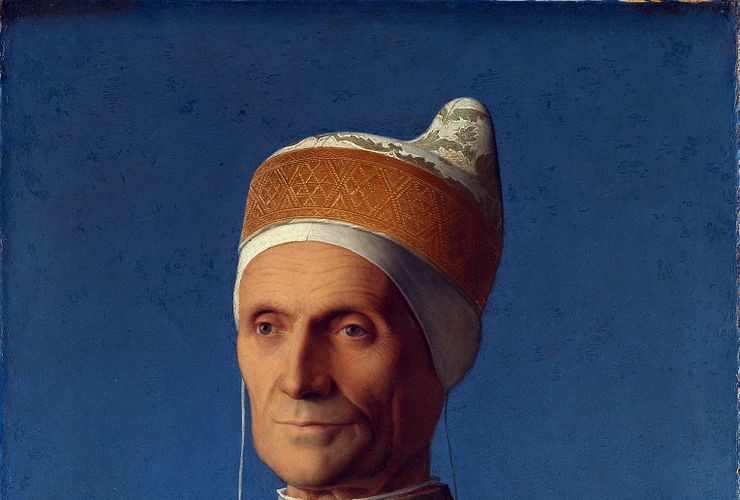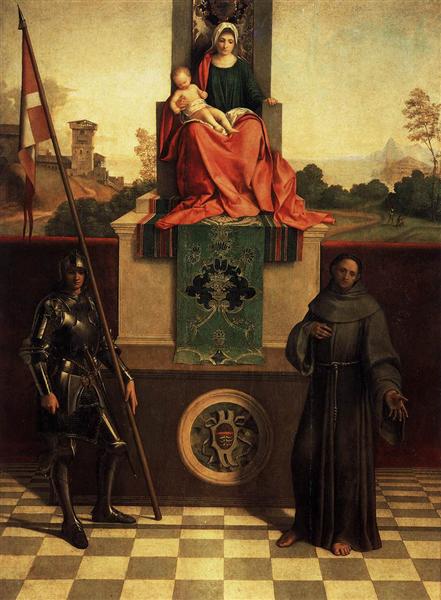- Location: Wootton Village Hall, Church Street, Wootton, Woodstock, Oxon. OX20 1DX
- Date: 17.05.19 | 19:30pm
- Enquiries: Contact Andrew Morgan: andrewmorgan38@gmail.com
An Illustrated Art History Talk on Three Venetian High Renaissance Masters: Bellini, Giorgione & Titian
Venice, Queen of the Adriatic and city of light, nurtured an indigenous trinity of genius in Bellini, Giorgione and Titian during the Italian cinquecento known as the High Renaissance. As the nucleus of trade between Europe and the East, Venice’s wealth is ostensibly founded upon shipping and commerce. Mercantile affluence led to lucrative patronage in a growing number of dilettante collectors and powerful patrician families. Bellini, Giorgione and Titian harnessed the jewel-like colours of Venice’s lagoon together with the ubiquitous imports of silks and spices to create a richness of palette hitherto unseen.
The distinctive Venetian School of Italian Renaissance painting achieves much of its effect through colour and mood, creating a poetic air of disquiet, redolent, no doubt, of the plague that cut short many a creative genius – Giorgione, to name just one. Progressive stylistically, any innovation was embedded within the backdrop of a prevailing Byzantine tradition, rich in its gold mosaic ornamentation. The Arcadian ‘poesies’ of colourists Giorgione and Titian stand in marked contrast to the Florentine Renaissance style of painting, which relies on a more linear disegno-led style epitomised by Sandro Botticelli.
After its golden years as a thriving port, Turkish colonisation meant that Venetians withdrew quickly and the nobility bought land in the Veneto and sought villas and palaces to emphasise their new humanist interests. Titian’s mythological masterpieces drawn from Ovid and Catullus appealed to the Humanist court of the d’Este and Ferrara families, and his writhing, serpentine forms of antiquity once adorned the ostentatious Mantuan and Ferraran Houses of a cultured elite.


